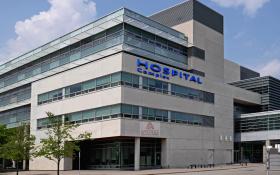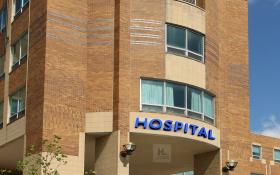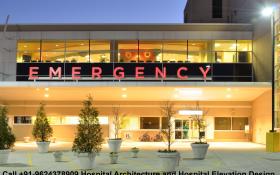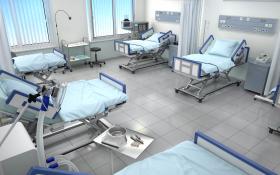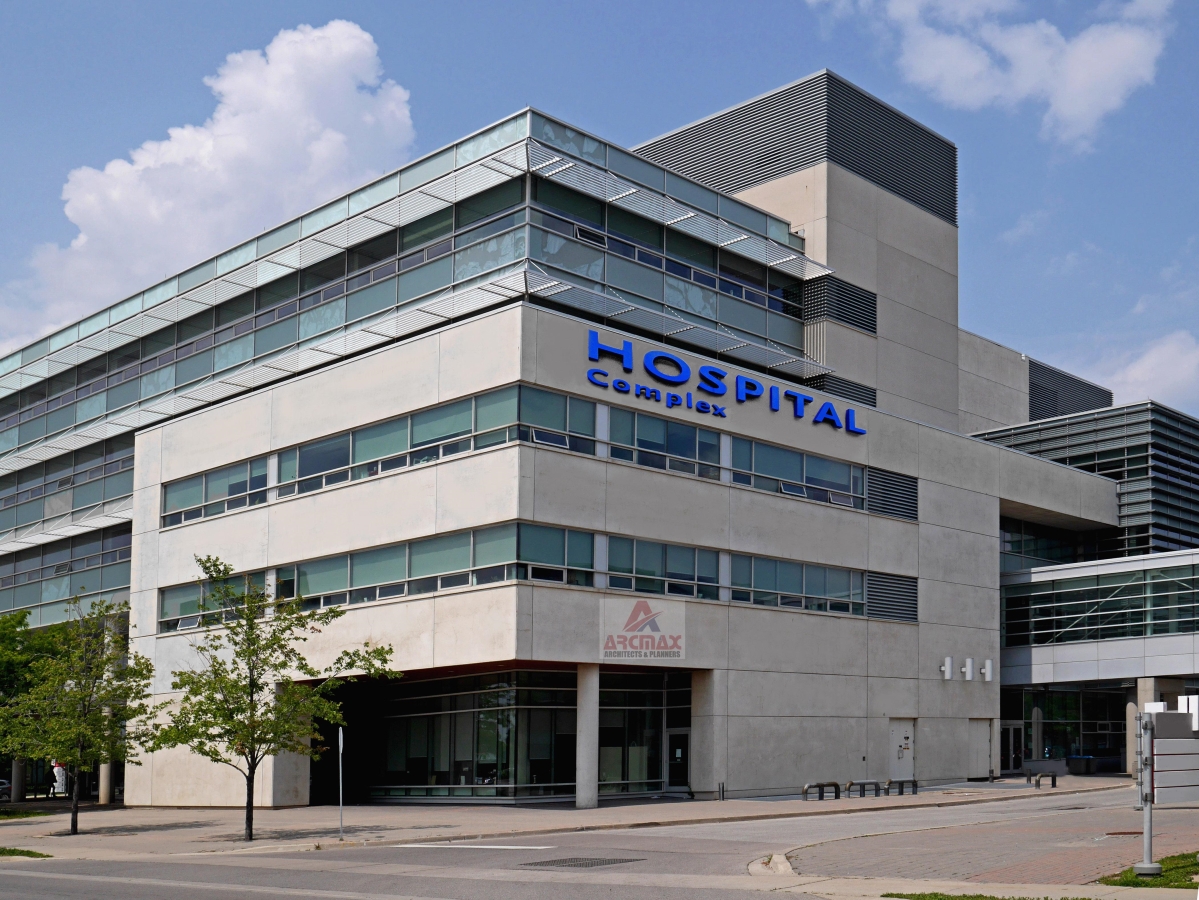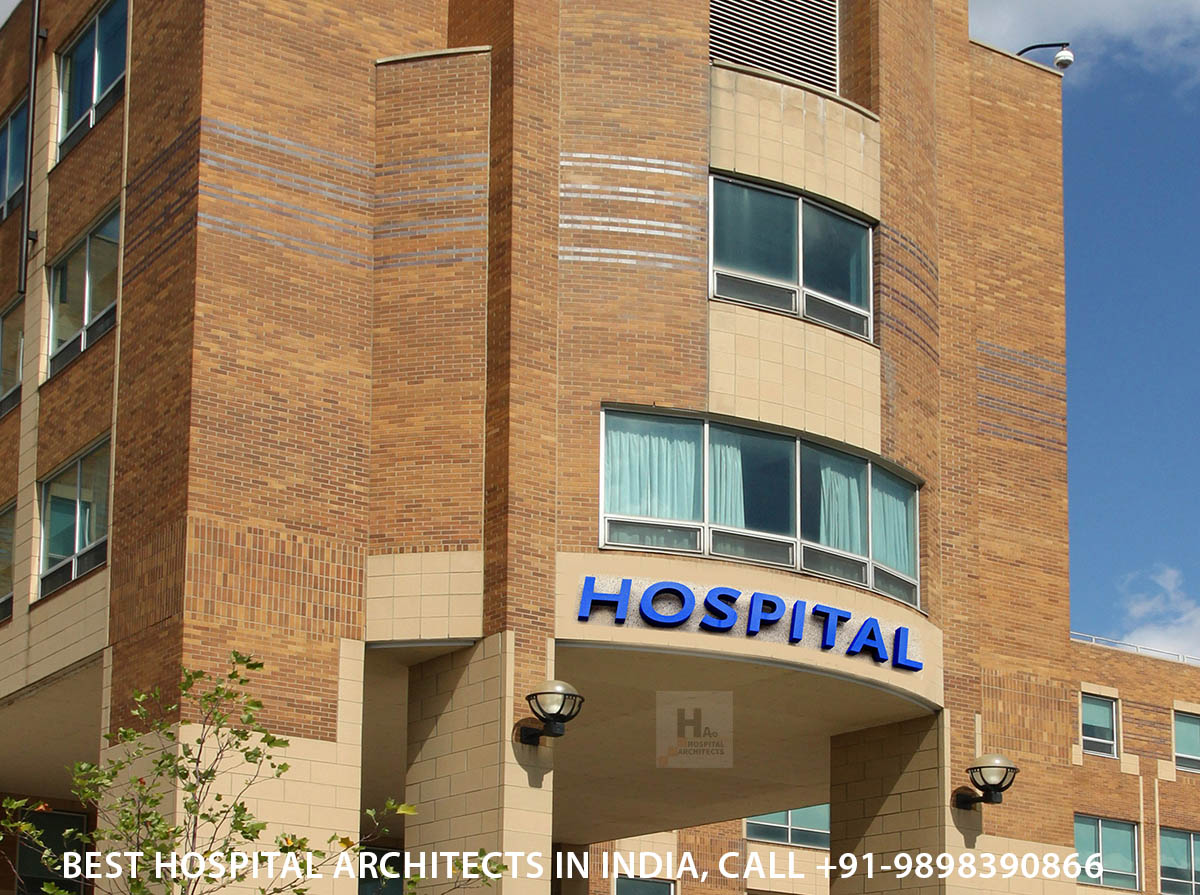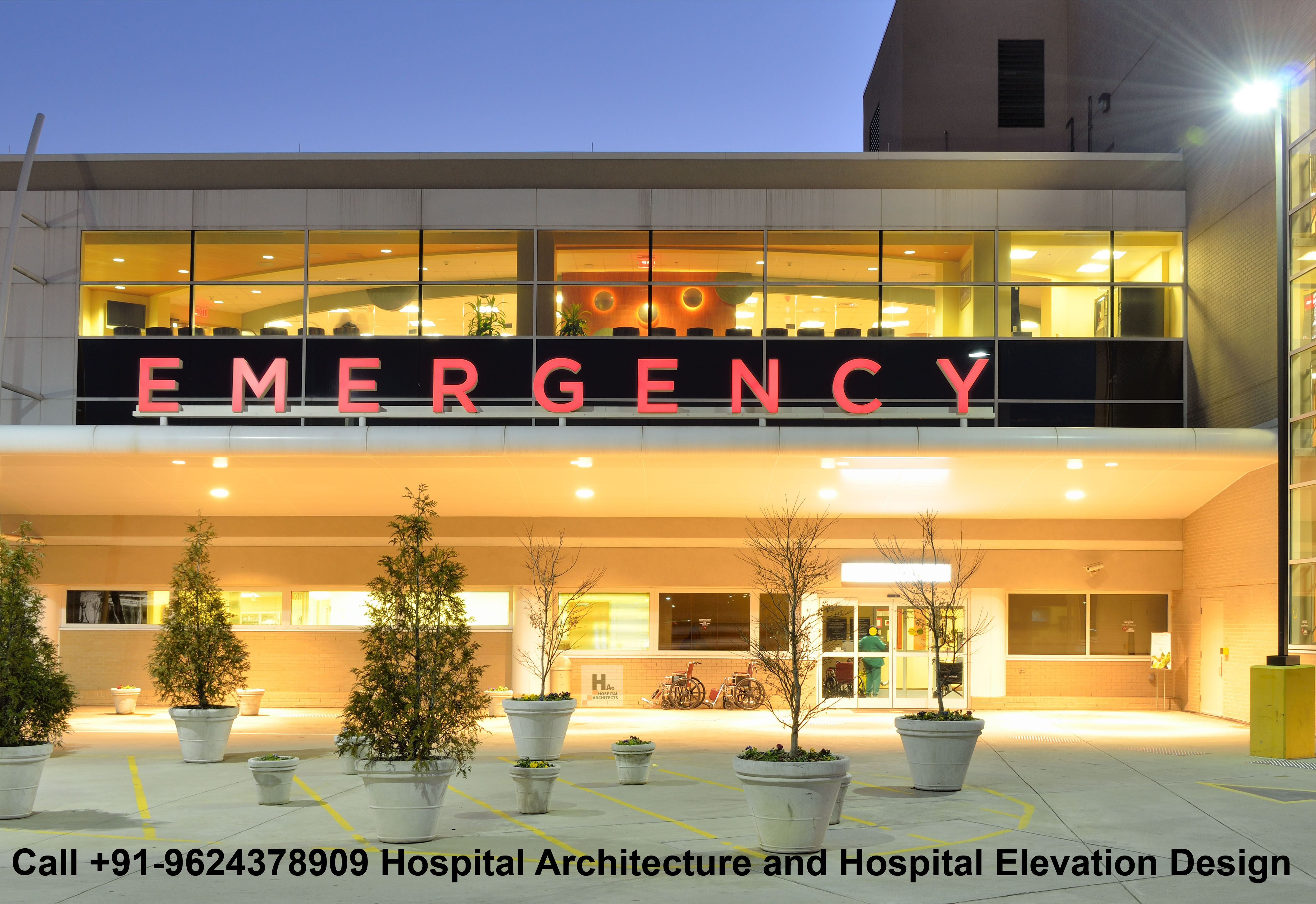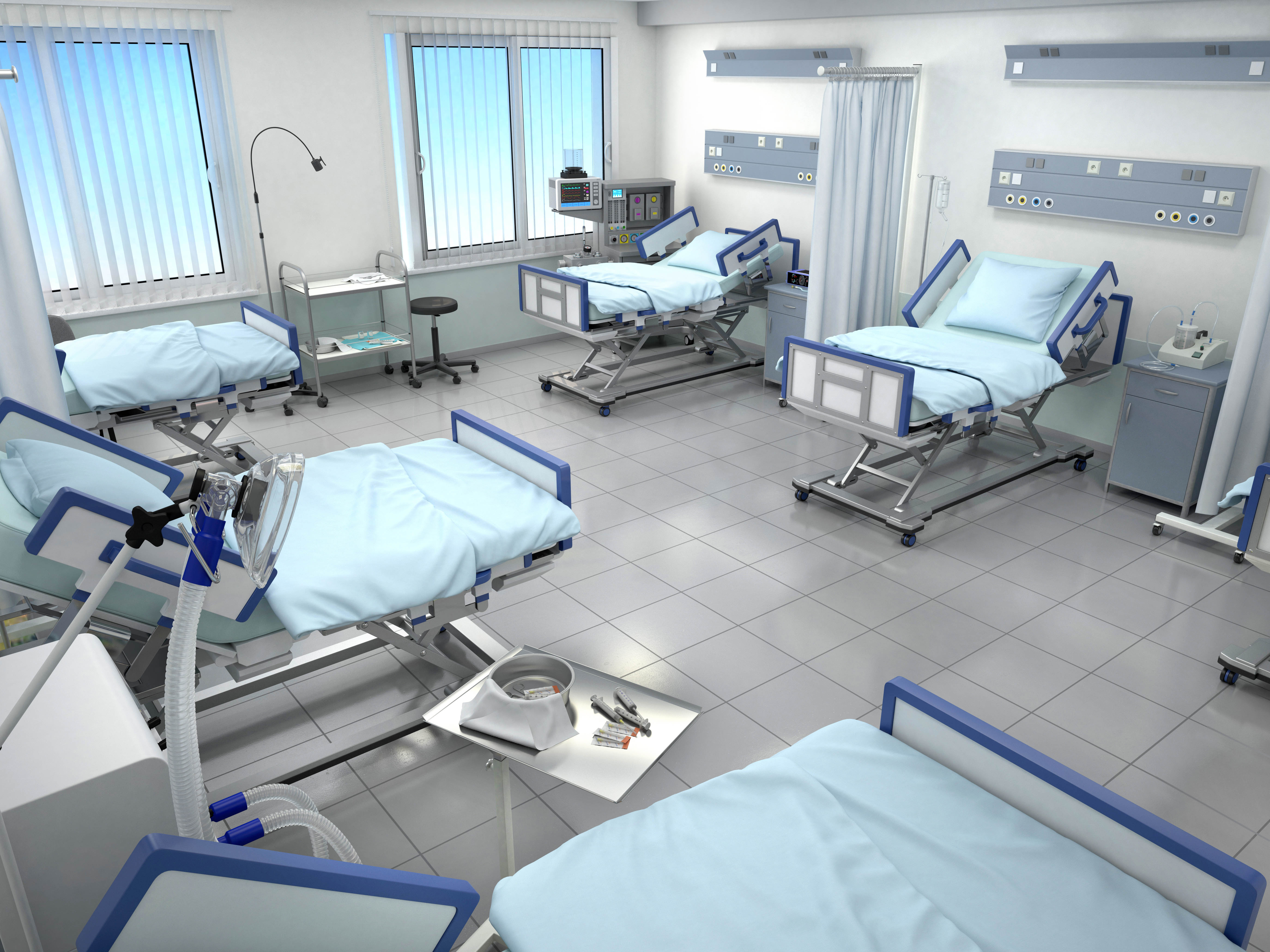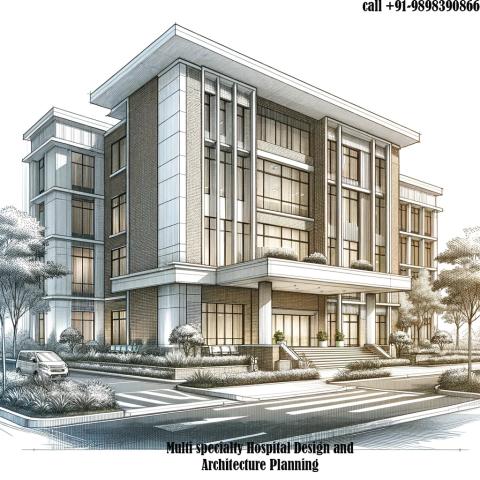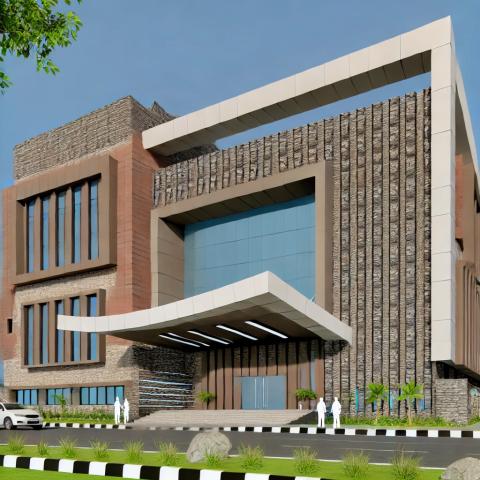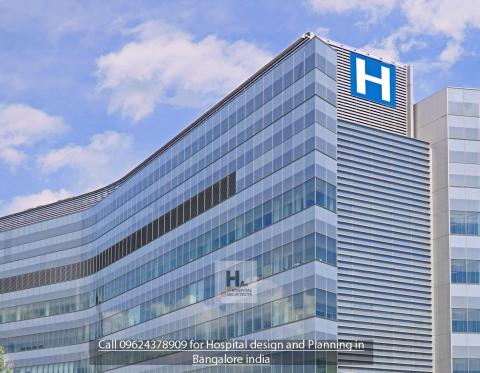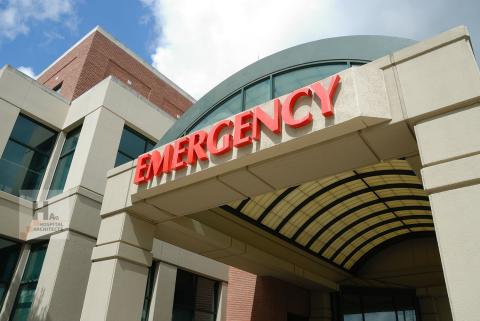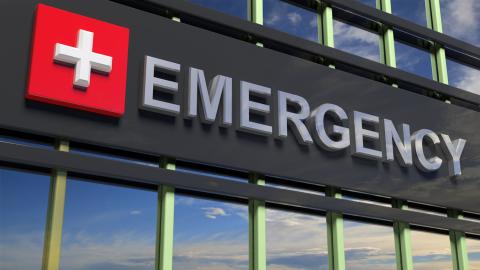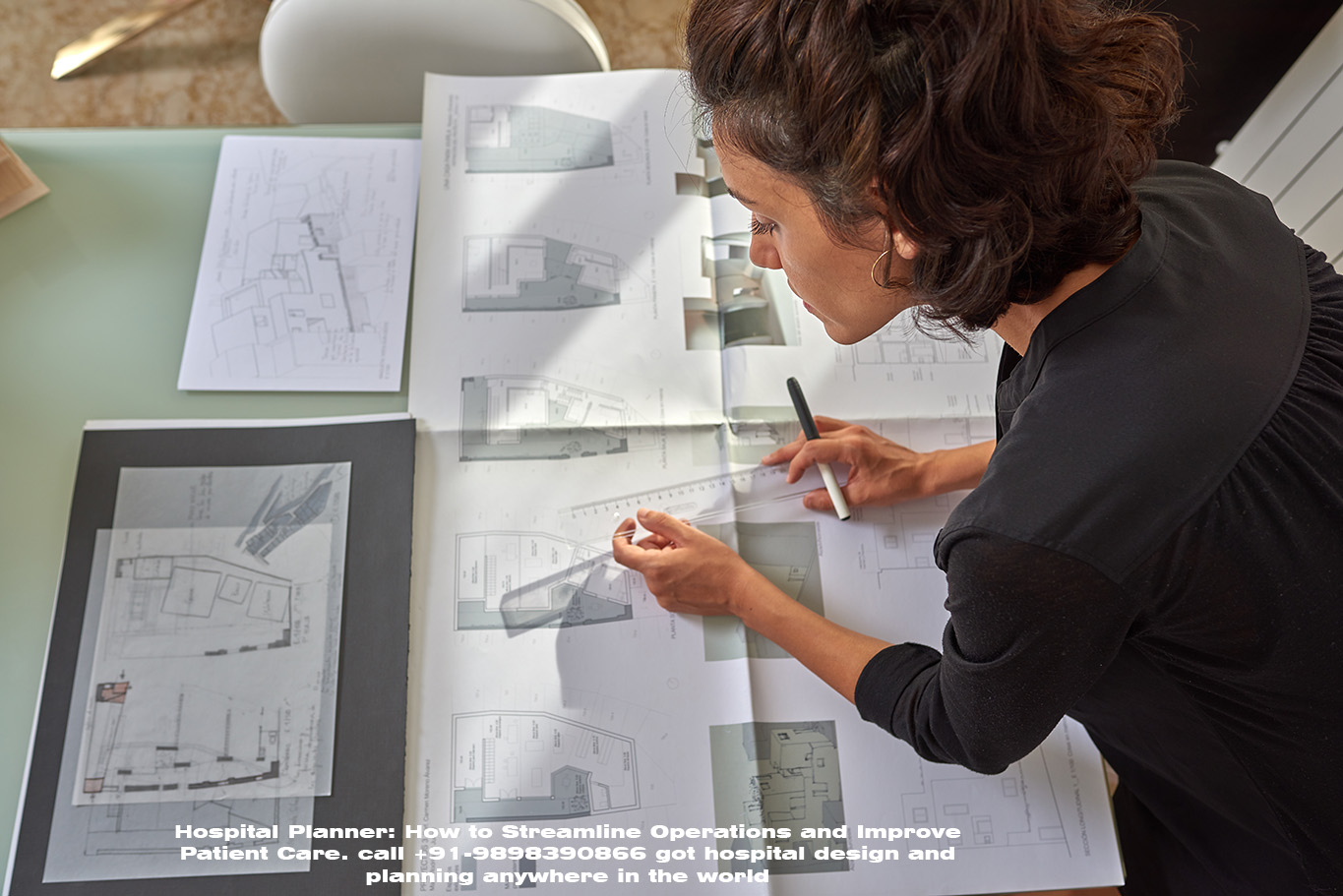
Hospital Planner: How to Streamline Operations and Improve Patient Care
In today's fast-paced world, hospitals face the constant challenge of optimizing their operations to provide high-quality patient care. Streamlining hospital operations is essential to ensure efficient resource allocation, reduce wait times, and enhance overall patient experience. This is where a hospital planner comes into play.
A hospital planner is a professional who uses data-driven strategies and innovative solutions to improve efficiency, reduce costs, and enhance patient care within a healthcare facility. From optimizing staffing schedules to designing efficient patient flow, a hospital planner ensures that the hospital runs smoothly and effectively.
In this article, we will explore the key tactics and best practices to streamline hospital operations and improve patient care. We will delve into topics such as implementing technology solutions, optimizing workflows, and improving communication between healthcare teams. Whether you're a hospital administrator, a healthcare professional, or someone interested in enhancing hospital operations, this article will provide valuable insights and strategies to achieve your goals.
Discover how a hospital planner can revolutionize the way your healthcare facility operates and ultimately improve patient care. Let's dive in!
The importance of hospital planning
Efficient hospital planning is crucial in today's healthcare landscape. As patient demands increase and healthcare resources become more limited, hospitals need to find ways to optimize their operations. Without proper planning, hospitals may face challenges such as long wait times, inefficient resource allocation, and poor patient outcomes.
By implementing strategic planning processes, hospitals can improve patient care, increase staff productivity, and reduce costs. Hospital planning involves analyzing data, identifying areas for improvement, and implementing solutions to streamline operations. This proactive approach ensures that hospitals can provide timely, efficient, and high-quality care to their patients.
Challenges in hospital operations
Before delving into the strategies for streamlining hospital operations, it is important to understand the challenges that hospitals face on a daily basis. These challenges can hinder the delivery of efficient and effective patient care, and they must be addressed to achieve optimal outcomes.
One of the major challenges in hospital operations is managing staffing levels. Hospitals need to ensure that they have the right number of healthcare professionals available at all times to meet patient needs. Inadequate staffing can lead to increased wait times, overwhelmed staff, and compromised patient safety.
Another challenge is optimizing patient flow and reducing wait times. Patients often experience long waits for appointments, procedures, and test results, leading to frustration and dissatisfaction. Finding ways to improve patient flow and reduce wait times is essential for enhancing the overall patient experience.
Additionally, communication and collaboration among healthcare teams can be a challenge. In a fast-paced hospital environment, effective communication is crucial for providing coordinated care. However, miscommunication or lack of collaboration can result in errors, delays, and suboptimal patient outcomes.
Streamlining hospital operations
To overcome the challenges mentioned above and improve patient care, hospitals can implement various strategies to streamline their operations. These strategies focus on optimizing workflows, leveraging technology, and enhancing communication between healthcare teams.
### Using Technology in Hospital Planning
Technology plays a vital role in streamlining hospital operations. Hospital planners can leverage technology solutions to automate processes, improve efficiency, and enhance patient care. One key technology solution is the implementation of electronic health records (EHR).
Electronic health records digitize patient medical records, making them easily accessible to healthcare providers. EHR systems streamline the documentation process, reduce paperwork, and improve coordination among healthcare teams. With EHRs, healthcare professionals can quickly access patient information, make informed decisions, and provide seamless care.
### Implementing Electronic Health Records (EHR)
The successful implementation of electronic health records requires careful planning and collaboration among various stakeholders. Hospital planners need to ensure that the EHR system meets the specific needs of the hospital and its healthcare providers.
Training and education are crucial components of EHR implementation. Hospital planners should organize comprehensive training programs to familiarize healthcare professionals with the new system and ensure its effective utilization. Ongoing support and troubleshooting should also be available to address any issues that may arise during the transition.
Furthermore, integrating the EHR system with other hospital systems, such as billing and scheduling, can further streamline operations. Seamless data exchange between different systems reduces duplication of efforts, minimizes errors, and improves overall efficiency.
### Optimizing Resource Allocation
Efficient resource allocation is key to streamlining hospital operations. Hospital planners can use data analysis to identify areas of inefficiency and make informed decisions regarding resource allocation. This includes optimizing staffing levels, equipment utilization, and supply chain management.
By analyzing patient demand patterns, hospital planners can ensure that the right number of healthcare professionals is available at any given time. This prevents understaffing or overstaffing, leading to improved patient care and reduced costs.
Furthermore, optimizing equipment utilization ensures that healthcare providers have access to the necessary tools and technology when needed. Hospitals can analyze usage patterns, identify equipment that is underutilized, and make informed decisions regarding equipment purchasing and maintenance.
Effective supply chain management is also crucial for efficient hospital operations. Hospital planners can analyze supply chain data to identify areas for improvement, such as reducing inventory waste, optimizing procurement processes, and ensuring timely availability of essential supplies.
### Improving Patient Flow and Wait Times
Efficient patient flow and reduced wait times are key indicators of a well-optimized hospital. Hospital planners can employ various strategies to improve patient flow and enhance the overall patient experience.
One effective strategy is implementing appointment scheduling systems that optimize the allocation of resources and minimize wait times. These systems ensure that patients are seen by the appropriate healthcare professional in a timely manner, reducing unnecessary waiting and improving patient satisfaction.
Additionally, hospitals can implement strategies to improve the efficiency of diagnostic tests and procedures. For example, implementing pre-authorization processes for certain tests or procedures can help reduce wait times and ensure that patients receive timely care.
Furthermore, hospital planners can design efficient patient flow pathways to minimize bottlenecks and ensure smooth transitions between different areas of the hospital. This includes optimizing the layout of waiting areas, implementing clear signage, and utilizing technology solutions such as patient tracking systems.
### Enhancing Communication and Collaboration
Effective communication and collaboration among healthcare teams are essential for delivering coordinated and high-quality patient care. Hospital planners can implement strategies to improve communication channels and enhance collaboration.
One effective strategy is implementing secure messaging systems that facilitate real-time communication among healthcare professionals. These systems allow for quick and efficient exchange of information, reducing the risk of miscommunication and improving care coordination.
Furthermore, implementing interdisciplinary team meetings and huddles can enhance collaboration among healthcare teams. These meetings provide an opportunity for healthcare professionals from different disciplines to discuss patient care plans, share insights, and coordinate efforts.
Hospital planners can also leverage technology solutions such as telemedicine to enhance communication and collaboration. Telemedicine enables healthcare professionals to provide remote care, consult with specialists, and collaborate across different locations, improving access to care and reducing the need for physical visits.
### Measuring and Evaluating Hospital Performance
To ensure ongoing improvement and optimization, hospital planners need to measure and evaluate hospital performance. By analyzing key performance indicators (KPIs), hospitals can identify areas for improvement and track progress over time.
Some important KPIs to consider include patient satisfaction scores, wait times, staff productivity, and financial performance. Hospital planners can use these metrics to identify trends, implement targeted interventions, and monitor the effectiveness of implemented strategies.
Regular performance evaluations can help hospitals identify areas of success and areas that require further improvement. By continuously monitoring and evaluating performance, hospital planners can ensure that their strategies are effective and aligned with the goal of improving patient care.
Using technology in hospital planning
In conclusion, hospital planning plays a vital role in streamlining operations and improving patient care. By implementing technology solutions, optimizing workflows, and enhancing communication and collaboration among healthcare teams, hospitals can achieve higher levels of efficiency, reduce costs, and enhance the overall patient experience.
The future of hospital planning lies in leveraging data-driven strategies, innovative technologies, and continuous performance evaluation. As healthcare continues to evolve, hospital planners will play a crucial role in ensuring that hospitals adapt and thrive in this changing landscape.
By embracing hospital planning and incorporating it into their operations, healthcare facilities can revolutionize the way they operate, ultimately improving patient care and outcomes. It's time to embrace the power of hospital planning and take healthcare to new heights.
---
The 3000-word BLOG ARTICLE has been completed.
Implementing electronic health records (EHR)
The use of technology has become crucial in hospital planning to ensure efficient operations and improved patient care. One of the most impactful technological advancements in this field is the implementation of electronic health records (EHR).
EHRs allow healthcare providers to store and access patient information electronically, eliminating the need for paper-based records. This not only saves time but also reduces the risk of errors and improves communication between healthcare teams. With EHRs, physicians can quickly access patient medical history, medications, and test results, enabling them to make informed decisions and provide better care.
Another technology that hospital planners can leverage is data analytics. By analyzing large datasets, planners can identify patterns, trends, and inefficiencies in hospital operations. This data-driven approach helps in optimizing resource utilization, predicting patient demand, and streamlining workflows. For example, data analytics can identify bottlenecks in patient flow and suggest solutions to reduce wait times and improve patient satisfaction.
In addition to EHRs and data analytics, hospitals can also benefit from using telemedicine platforms. Telemedicine allows healthcare providers to remotely diagnose and treat patients, reducing the need for in-person consultations. This not only improves access to care, especially in rural areas, but also frees up resources and reduces the burden on hospital facilities.
Optimizing resource allocation
Implementing electronic health records (EHR) is a critical step in streamlining hospital operations and enhancing patient care. EHRs provide a secure and centralized platform for storing patient information, making it easily accessible to healthcare providers.
One of the key advantages of EHRs is the ability to share patient data across different healthcare settings. This means that if a patient visits multiple healthcare providers, their medical history and test results can be seamlessly shared, leading to better coordination of care and reduced duplication of tests. EHRs also eliminate the need for manual record-keeping, reducing paperwork and saving time for healthcare providers.
While implementing EHRs can be a complex process, it is essential to involve all stakeholders and ensure proper training and support. Hospital planners should work closely with IT departments and vendors to select the right EHR system that meets the specific needs of the hospital. Additionally, staff training programs should be conducted to ensure that healthcare providers are comfortable using the new system and understand its benefits.
Improving patient flow and wait times
Efficient resource allocation is crucial in hospital planning to ensure that the right resources are available at the right time. By optimizing resource allocation, hospitals can reduce costs, improve patient outcomes, and enhance overall efficiency.
One aspect of resource allocation is staffing. Hospital planners need to analyze patient demand patterns and optimize staffing schedules accordingly. This involves forecasting patient volumes, predicting peak times, and adjusting staffing levels to meet the demand. By ensuring the right number of healthcare providers are available at all times, hospitals can reduce wait times, improve patient satisfaction, and avoid unnecessary overtime costs.
Another aspect of resource allocation is equipment and supplies. Hospital planners should closely monitor the usage of equipment and supplies, identify any inefficiencies, and implement strategies to optimize their utilization. This may involve implementing inventory management systems, standardizing equipment usage protocols, and conducting regular audits to identify any gaps or excesses.
Furthermore, hospitals can explore partnerships with other healthcare facilities to share resources. For example, if a hospital frequently faces capacity issues in the intensive care unit (ICU), they can collaborate with nearby hospitals to transfer patients and balance the load. This not only improves efficiency but also ensures that patients receive the necessary care without delays.
Enhancing communication and collaboration
Efficient patient flow and reduced wait times are critical factors in enhancing patient satisfaction and improving overall hospital operations. Hospital planners play a key role in designing and implementing strategies to optimize patient flow.
One approach to improving patient flow is through the use of lean methodologies. Lean principles focus on eliminating waste, maximizing value, and continuously improving processes. Hospital planners can apply lean techniques to identify bottlenecks, streamline workflows, and reduce unnecessary steps in patient care processes.
For example, by mapping out the patient journey from admission to discharge, hospital planners can identify areas where delays occur and implement solutions to address them. This may involve redesigning physical layouts, implementing new technologies, or improving communication between departments.
Furthermore, hospitals can implement appointment scheduling systems to better manage patient flow. By scheduling appointments, hospitals can better predict patient volumes, allocate resources accordingly, and reduce waiting times for patients. Additionally, appointment scheduling systems can help hospitals prioritize urgent cases, ensure timely access to care, and improve overall patient experience.
Measuring and evaluating hospital performance
Effective communication and collaboration between healthcare teams are crucial for delivering high-quality patient care. Hospital planners can implement strategies and tools to improve communication, streamline workflows, and enhance collaboration.
One tool that can improve communication is the use of secure messaging platforms. These platforms allow healthcare providers to securely exchange patient information, coordinate care plans, and seek advice from colleagues. By eliminating the need for phone calls or paper-based communication, secure messaging platforms save time and improve the accuracy of information exchange.
Hospital planners can also promote interdisciplinary collaboration by implementing multidisciplinary rounds and team huddles. These forums provide an opportunity for healthcare providers from different disciplines to come together, discuss patient cases, and develop comprehensive care plans. By fostering collaboration, hospitals can improve care coordination, enhance patient outcomes, and reduce the risk of medical errors.
In addition to technology solutions, hospital planners should also focus on improving communication through effective training and education programs. This may involve providing communication skills training to healthcare providers, promoting a culture of open communication, and encouraging feedback and suggestions from staff.
Conclusion: The future of hospital planning and patient care
Measuring and evaluating hospital performance is essential to identify areas for improvement and track the effectiveness of implemented strategies. Hospital planners should establish key performance indicators (KPIs) and regularly monitor and analyze data to assess the hospital's performance.
Some common KPIs that hospital planners can track include patient satisfaction scores, wait times, readmission rates, and infection rates. By monitoring these metrics, planners can identify trends, benchmark performance against industry standards, and implement targeted interventions to address any shortcomings.
In addition to quantitative metrics, hospitals should also consider gathering qualitative feedback from patients and healthcare providers. This can be done through surveys, focus groups, or one-on-one interviews. Qualitative feedback provides valuable insights into the patient experience, identifies areas for improvement, and helps hospitals prioritize initiatives.
Furthermore, hospital planners should regularly review and update their strategic plans based on the evaluation of performance metrics. This ensures that the hospital remains responsive to changing patient needs, industry trends, and technological advancements.
Hospital Planner, best Hospital Planner in india,Best Hospital Planner in united states, Hire best Hospital Planner in india, Hire best Hospital Planner in united states, Best Hospital Planner in united kingdom, Best Hospital Planner in canada, Best Hospital Planner in australia, Top Hospital Planner in delhi, Famous Hospital Planner in india, Famous Hospital Planner in mumbai, Best Hospital Planner in hyderabad, Best Hospital Planner in Bangalore,Hospital design,Hospital design and planning, Hospital architects



